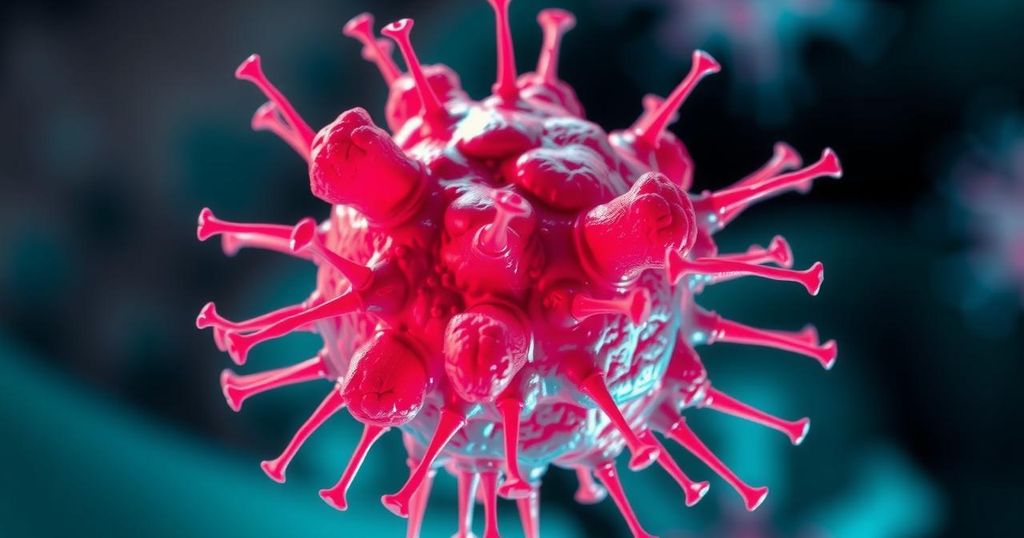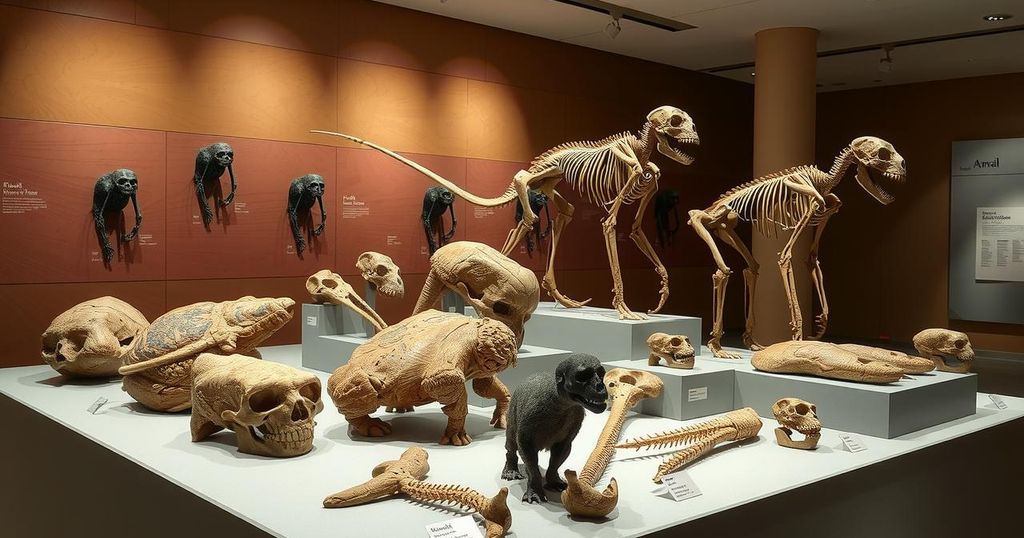Science
Tech
BRIAN HOFFMAN, CNN, COLLEGE OF ARTS AND SCIENCES, EMMA H. MORRISON, ENVIRONMENTAL IMPACT, HOFFMAN, MICHAELY DALY, NATIONAL ACADEMY OF SCIENCES, NORTHWESTERN UNIVERSITY, PANDEMIC, RESEARCH, SCIENCE, SPACE EXPLORATION, TECHNOLOGY, UNIFORMED SERVICES UNIVERSITY OF THE HEALTH SCIENCES, WEINBERG COLLEGE OF ARTS AND SCIENCES, WONDER THEORY
Rajesh Choudhury
0 Comments
Unlocking the Secrets of “Conan the Bacterium”: A Breakthrough in Radiation Resistance
Deinococcus radiodurans, known as “Conan the Bacterium,” can survive radiation doses far lethal to humans, thanks to a trio of powerful antioxidants—manganese, phosphate, and a peptide. These findings could revolutionize radiation protection for astronauts on deep-space missions, as well as offer insights into potential health applications on Earth.
Incredible as it may seem, a type of bacteria known as Deinococcus radiodurans, dubbed “Conan the Bacterium,” possesses an extraordinary ability to endure radiation up to 28,000 times more intense than that which would prove fatal to a human. This resilience is largely attributed to a unique antioxidant composed of a trio of small yet potent components: manganese, phosphate, and a peptide known as DP1. Each of these metabolites synergistically enhances the bacterium’s resistance to the lethal effects of radiation, revealing a potential pathway for human protection against cosmic rays during space exploration.
Recent studies, published in the Proceedings of the National Academy of Sciences, shine a light on the ‘magic’ behind this powerful trio. Researchers noted that by combining manganese with phosphate and the amino acid peptide, the resultant complex functions as an exceptionally effective radioprotectant. Brian Hoffman, a coauthor of the study, highlighted, “This study has provided the key to understanding why this combination is such a powerful — and promising — radioprotectant.”
Deinococcus radiodurans has previously astounded scientists not just with its radiation resistance, but with its ability to survive the harsh conditions of space. Research indicates that if any of these resilient microbes existed on Mars, they could have remained dormant for eons. By measuring levels of manganese antioxidants present in these bacteria, scientists established a direct correlation between the concentration of antioxidants and the bacteria’s radiation survival rate. Essentially, more antioxidants mean greater resistance.
The groundbreaking potential of these findings extends beyond our planet. The study’s insights into an antioxidant named MDP (melatonin-derived protective) suggest it could serve as an oral radioprotectant for astronauts braving deep-space missions, where cosmic rays pose a significant hazard. Tetyana Milojevic, an expert in exobiology, noted, “This new understanding of MDP could lead to the development of even more potent manganese-based antioxidants for applications in health care, industry, defense and space exploration.”
The researchers are now poised on the brink of new discoveries as they explore whether similar antioxidant complexes exist within other organisms, potentially unlocking greater mysteries of radiation resistance. As the ancient wisdom of these tiny organisms merges with cutting-edge science, the future of radiation protection for both astronauts and terrestrial accidents glimmers with promise.
The topic centers around the unique abilities of Deinococcus radiodurans, a bacterium recognized for its remarkable capacity to withstand extreme radiation levels. Dubbed “Conan the Bacterium,” this microbe’s resilience is linked to a sophisticated antioxidant mechanism that combines specific metabolites. Understanding how this bacterium survives in environments hostile to life, like space, holds significant implications for future applications in space exploration and protection against radiation-related health risks on Earth.
In summary, the remarkable findings regarding Deinococcus radiodurans and its antioxidant capabilities present not only a scientific triumph but also open new horizons for human applications. By unraveling how this bacterium withstands harrowing radiation levels through a unique combination of metabolites, researchers pave the way for innovative protective measures for astronauts and potential radiation-related therapies on Earth, proving that sometimes, the tiniest forms of life can teach us the grandest lessons about resilience and innovation.
Original Source: www.cnn.com




Post Comment